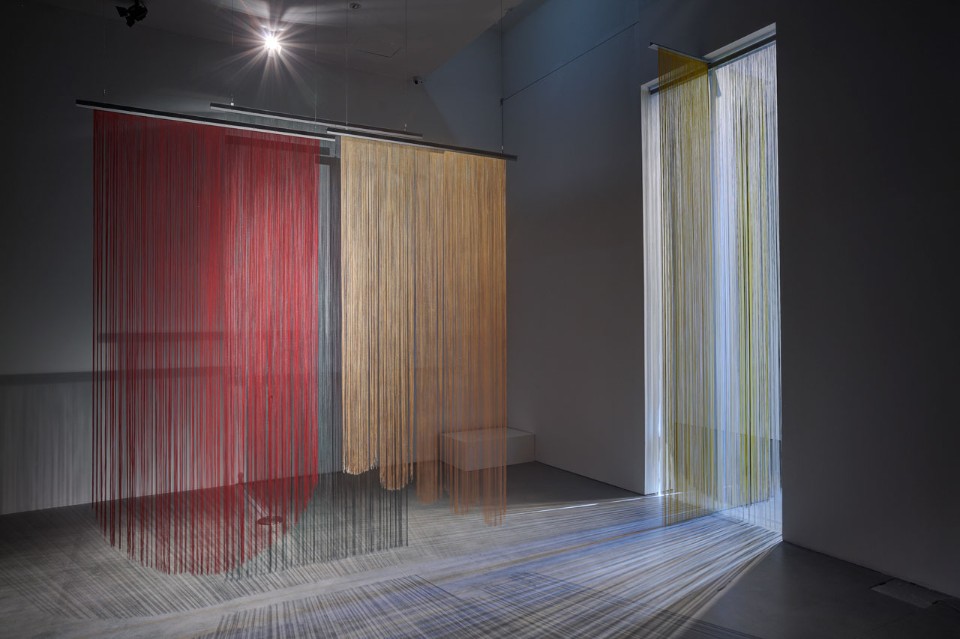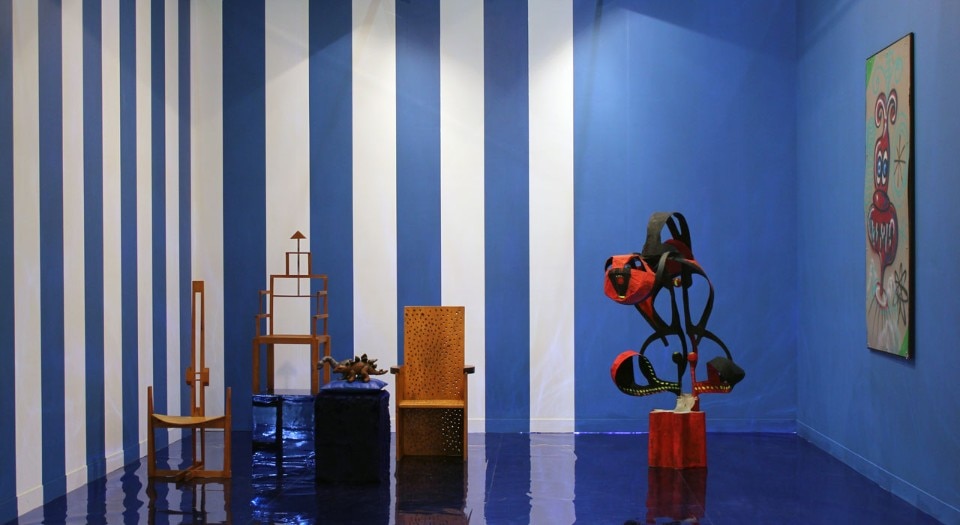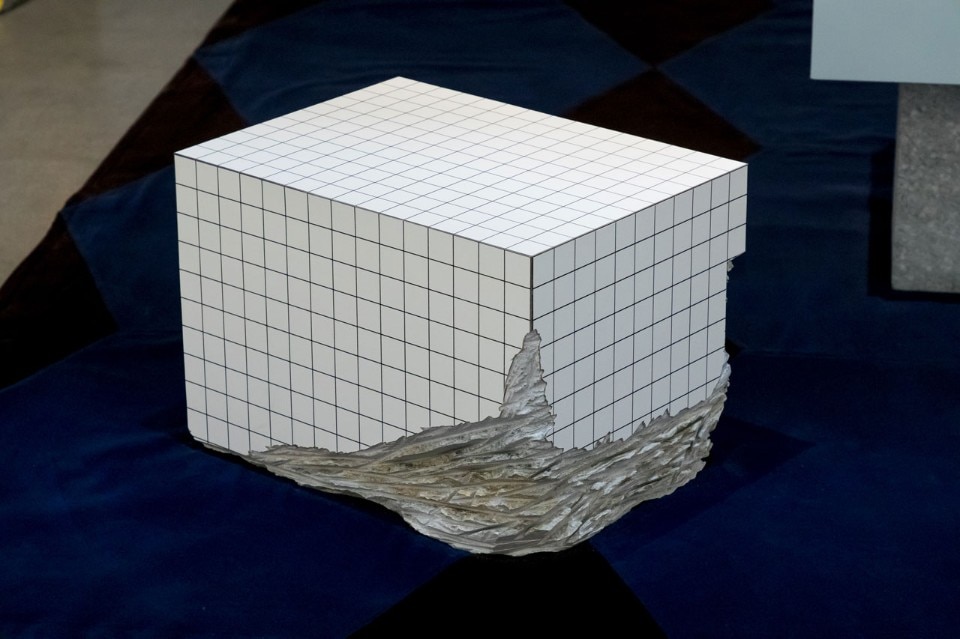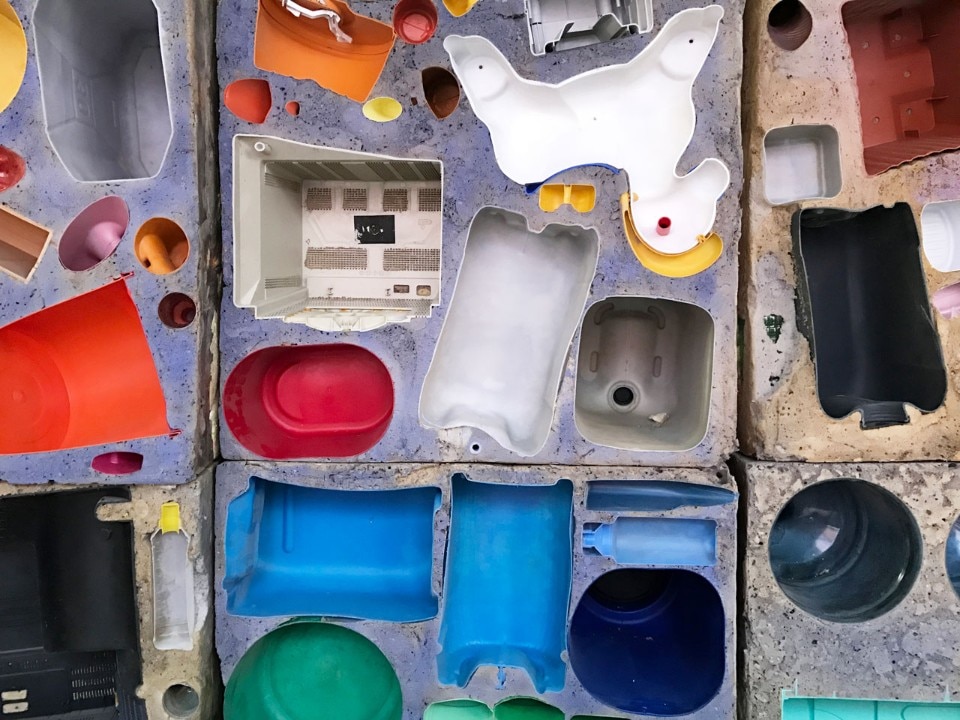The close positioning of the two initiatives forced the galleries participating in both events to engage in a veritable tour de force. Yet the proximity also underlined the intensity of many of the proposals. The rooms of an imaginary collector – set up on the request of Dardi herself, who for the second year running curated the Object section of miart – offered a vibrant and variegated vision between well-balanced experimentations and well-chosen historical graftings. Focused on their own “ideal collector” – the essential stimulus of limited-edition design and historical reproposals – each room staged furnishings, lamps and art objects according to a personal interpretation that could nonetheless be traced back to more general positions.
Thus we had the erudite mix of historical and contemporary design represented by the unerring taste of Rossella Colombari, Luisa Delle Piane and Nina Yashar/Nilufar – who are now more influential than ever, also on virtual platforms.



The space opened a little over a year ago by Salvatore Lanteri only deals with ceramics and art. Located in a literally eccentric place (a former mechanic’s workshop), in these days the bright and rough gallery hosted a many-voiced reflection on materials shaped by artists’ hands and eyes, from the mix of foams and concretes by the abovementioned Gambi, to the scagliola of Odd Matter and the synthetic granites of DWA Design Studio.
Affection understood as passion; physicality of objects and spaces: these are (still) the winning cards for galleries.

